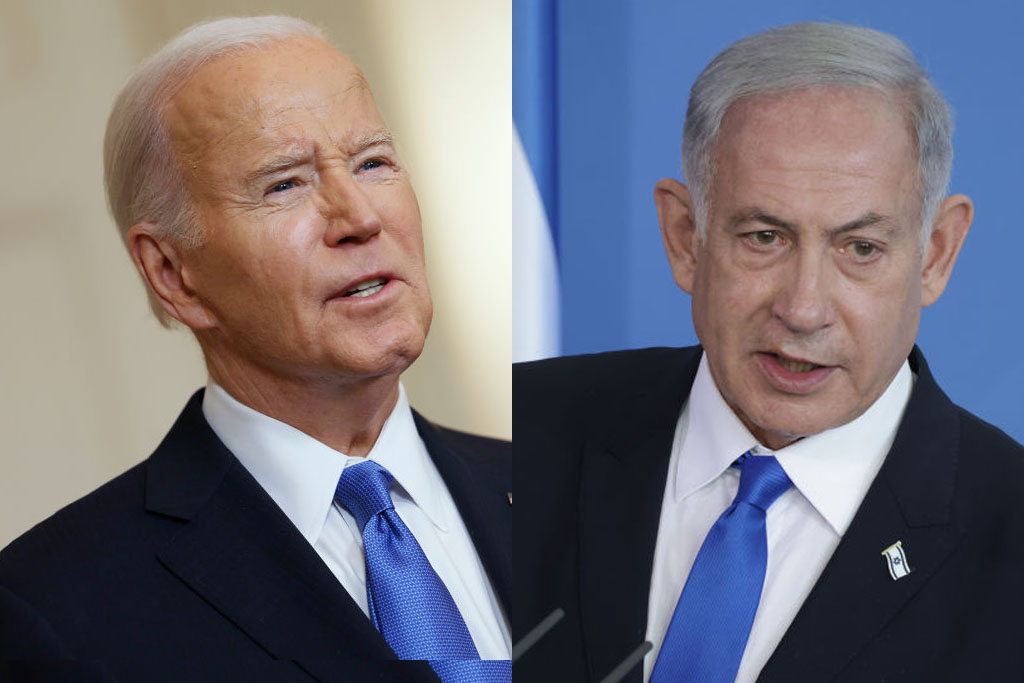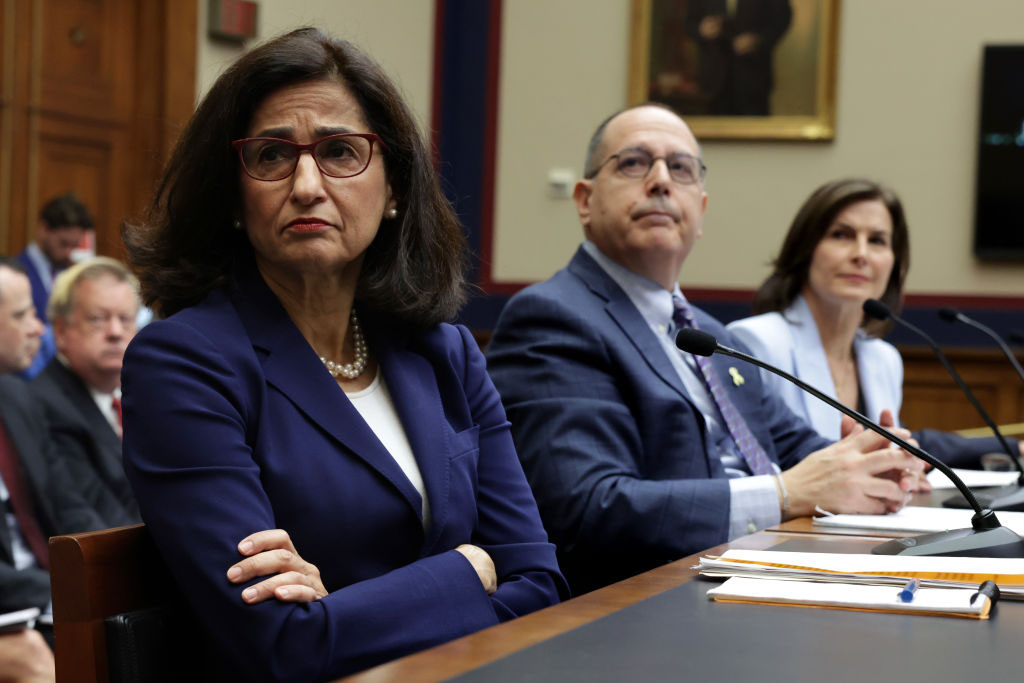Sept. 11, 2001, occurred just six days before Rosh Hashanah. It was the tail end of what had been a difficult 12 months on the Jewish calendar: violence in Israel, a presidential election arbitrated by the U.S. Supreme Court, the Enron scandal.
Then, on a particularly gorgeous morning, terrorists attacked New York and Washington, D.C. Rabbis who had worked hard on their High Holy Days sermons all August rushed to rewrite them.
The liturgy seemed stunningly relevant. Who shall live and who shall die? Who by fire and who by water? We acknowledge our vulnerability in light of death, the harsh decree. But, the liturgy tells us, teshuvah (repentance), tefillah (prayer) and tzedakah (righteous deeds) will avert — not nullify, but avert — the evilness of the decree.
In other words, we cannot always prevent the worst from happening, but we can choose to wrest some meaning from it.
So here we are seven years later, about to enter the Jewish year 5769. The deaths of Sept. 11 have been compounded by more deaths in Iraq and throughout the Middle East. In many ways our world is more violent and certainly more fearful than it had been. Evidence of evilness abounds.
But this is also the time to take stock of the ways in which our liturgy speaks to a universal human theme. Many Americans, Jews and non-Jews, in the face of tragedy have chosen to move forward in these seven years — to engage in teshuvah, tefillah and tzedakah.
Teshuvah: For some Americans, the first step of repentance was to say, “I don’t know enough; let me repair my ignorance.” Since early 1992, groups of Jewish, Christian and Muslim women have been joining together in living rooms to discuss books about their respective faiths. The Daughters of Abraham book groups began in Cambridge, Mass., when one Christian woman realized she didn’t personally know any Muslims. Now there are 14 such groups in the Boston area alone. We just began one in Philadelphia and already there is a waiting list.
Tefillah: In 2001, Rabbi Lynn Gottlieb of Albuquerque decided she wanted to pray for peace alongside Muslims. So she called the local mosque, where she knew no one, and found herself on the phone with a scientist and peace activist named Abdul Rauf Marqetti. They came up with the idea of a peace walk — a meditative, prayer-in-motion march for Jews and Muslims together.
In 2003, a group of Philadelphians decided to emulate them, and with no institutional backing, an ad hoc collection of Jews, Christians and Muslims began meeting monthly at the Al Aqsa Mosque in the Kensington section of the city. The first walk began at the mosque, stopped for prayer at two churches and culminated at a synagogue. It drew 400 people. Plans are under way for the sixth annual Philadelphia Interfaith Walk for Peace this coming spring.
Philadelphians are not the only ones praying with others. In 2000, The Hartford Institute for Religion Research conducted a survey to find out how many congregations, if any, had participated in an interfaith service in the past year. The answer was 7 percent. By 2005, the number had grown more than threefold to 23 percent.
Tzedakah: The Hartford study had even more striking news. When it asked about community services, the institute learned that 8 percent of congregations had joined with those of other faiths to improve conditions in their communities. Five years later it found 37 percent — a nearly fivefold increase.
Which brings us to Eboo Patel, a young Muslim born in India and raised in the American Midwest. In 2001, he was in England completing his studies as a Rhodes scholar. When he returned to the United States, he had a big idea. The way Patel saw it, young people want to change the world, and extremists are expert at giving them a cause to believe in, an exciting and dramatic movement to be part of. But what about moderate, pluralistic, liberal men and women, he wondered, those who saw religion as a way to work across faiths to make the world a better place? Could they offer young people a compelling counterpart to what the extremists offered?
Patel thought so. He founded the Interfaith Youth Core in Chicago to bring together young men and women of different faiths to serve their communities. Since 2001, his staff has grown to 20; Jewish teenagers and college students throughout the country are joining with Muslim and Christian peers to create a national interfaith youth movement.
Something is happening out there, something good. It does not eradicate the very troubling developments precipitated by the Sept. 11 attacks, but in small ways it is helping our society achieve what Jews worldwide seek to achieve at this time of year — to avert the severity of the decree.
That’s worth remembering as we mark another anniversary of that beautiful and horrible September morning — and another Rosh Hashanah. This year our anxiety — who will live and who will die? — must be matched by our belief in our ability to make a difference.
We cannot always prevent the worst from happening, but we can choose to wrest some meaning from it.
Rabbi Nancy Fuchs-Kreimer directs the religious studies program at Philadelphia’s Reconstructionist Rabbinical College
åArticle courtesy Jewish Telegraphic Agency





















 More news and opinions than at a Shabbat dinner, right in your inbox.
More news and opinions than at a Shabbat dinner, right in your inbox.